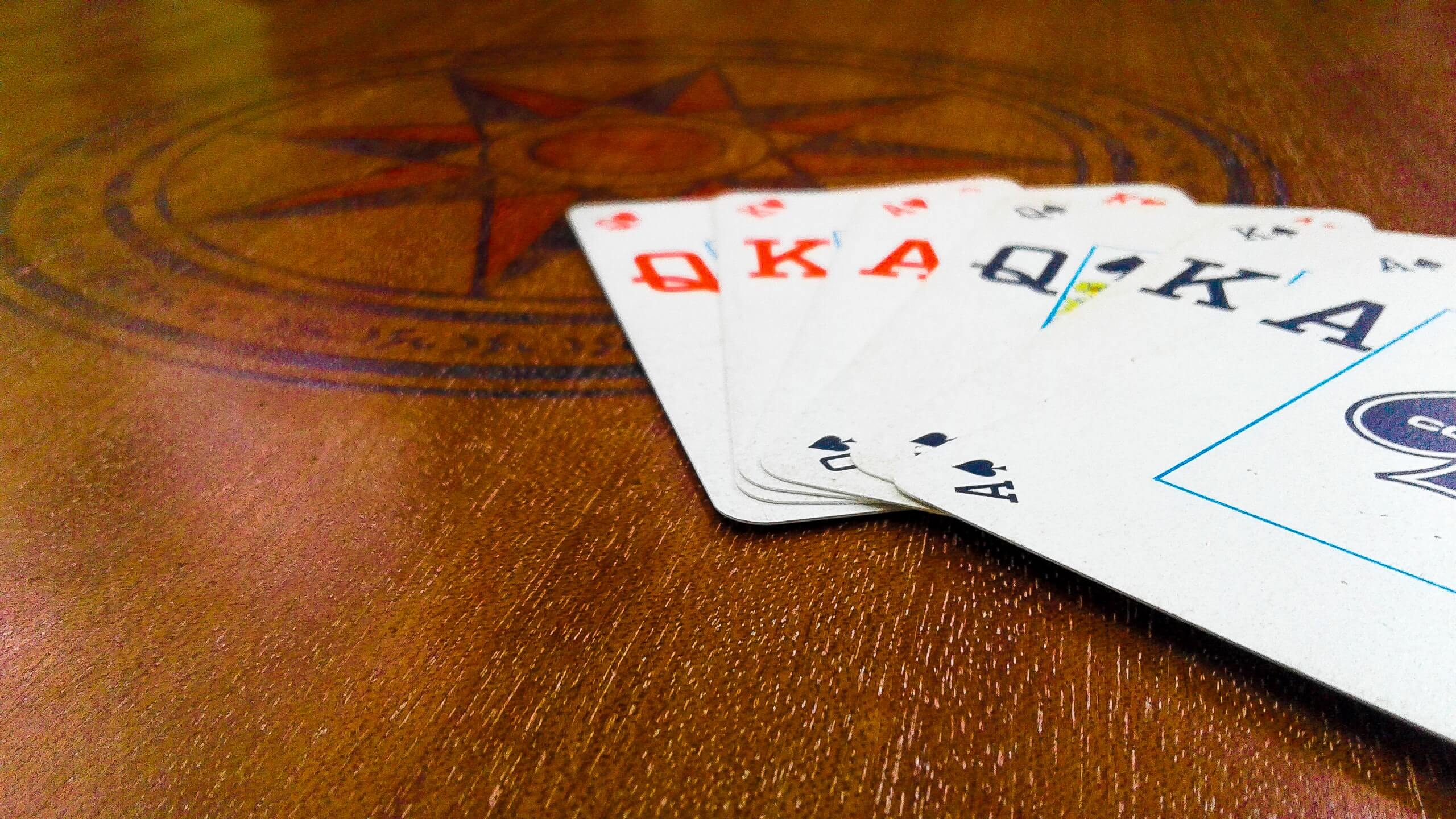If you’re a beginner at sports betting, then it’s essential that you read this article. Also, if you believe there are only two types of odds, you should definitely continue reading.
Knowing about the odds is one thing, but being able to interpret them properly is what eventually brings you money. By definition, betting odds inform you how likely an event is to happen. If you remember math lessons, then you probably have a formula in your head. However, things are a bit different when it comes to sports betting, and here is the reason why.
Who sets the odds?
Namely, it’s the bookmaker who offers the odds. Different bookmakers make different odds depending on their own forecast. For instance, one bookmaker can offer you a team at +140 to win the game, whereas the other one determined the odds at +130 (what these numbers represent will be explained down below). Therefore, the likelihood or probability of the event is set by the bookmaker instead of a universal math equation.
One might wonder which factors influence the bookmaker’s decision since the amount you could win depends on them in a way. There is always a personal opinion, previous results, and, perhaps most importantly, how much money the bookmaker has taken on a certain market. For this reason, you should always follow the odds and compare sports betting results. You should be informed and form your own opinion and choose a bookmaker who gives you the best deal.
Higher/Lower odds:
Let’s see what this exactly means. If you understand how odds work and have some sports knowledge, you should be able to predict the outcomes fairly well and find the odds to work in your favor, eventually bringing you some profit. The higher the odds, i.e. the smaller the likelihood of a team winning, the greater profit will be if you guess the result. On the other hand, lower odds mean that result of the sports event is easily predictable, so even if you predict the correct outcome, you won’t earn much more than you originally invested. In other words, the bigger chances of winning, the lower the payout.
For instance, let’s say there’s a tennis match in which the player who is ranked No. 1 in the world ATP list is playing against a player who is 65th on that list. The wager on the number one winning the game would have extremely low odds. Naturally, a wager on the 65th player winning would have very high odds.
Winning:
Also, when we discuss “winnings”, the term represents your real revenue, or how much money you have actually earned. For example, if you stake $10, and win $50, your winning would be $40 (50-10=40).
Types of odds:
Now that we know what high and low odds are, let’s take a look at these three types of odds and their examples. Basically, this is what complicates things for most beginners. There are three different formats of odds:
- Fractional odds/UK odds
- Decimal odds
- American odds/Moneyline/Line odds
You will have met all of them at some point, so let’s take a closer look. It’s hard to say whether one is better than the other. Essentially, they all have the same result, but they vary in the way how that result is presented.
Fractional odds/UK odds:
As the name suggests, they are mostly used in the UK and Ireland, too. They are one of the oldest forms of odds and were originally used in horse racing. One of the main reasons for their popularity is the fact they are rather straightforward. Basically, when you see a fraction such as 1/5, you know it’s a fractional odd. Let’s see how they work in practice.
For instance, if we have 5/1 (“five to one”), that means you can win five units for the unit you have staked. If you have 3/1, you would win three units for the one invested, etc. Let’s say a unit stake is $10, and the odds are 3/1. If you win, you would get $30.
Nevertheless, not always do you get such easy fractions. You can expect to see 11/10, 5/2, 7/3, and so on. For example, with 11/10 you would get 11 units for every 10 units staked, which is 1.1 per unit. 6/4 would be 1.5 per unit staked, and so on. Therefore, if the odds are 6/4, and you bet $10, your winning would be $15.
Even money bet:
When there is a 50% chance of either side winning, this is called even money, and in fractional odds, this is represented as 1/1.
Odds against/Odds on:
One more thing: when you hear something such as “odds against”, it means that the first number is larger than the second (as in the above-mentioned examples). The potential financial outcome is bigger than the money staked. Conversely, there is the term “odds on” odds. For instance, if you have something like 1/4 (“four to one on”), that would mean you are able to win one unit for every four units staked.
Decimal odds:
These have definitely gained in popularity. They used to be widely used in most of Europe, Canada, and Australia, but nowadays their popularity is spreading and they are considered favorites by most online bookmakers (though the US market is yet to comply). Out of all these three types (fractional, decimal, and American), decimal odds are recognized as the easiest to follow. The secret lies in the fact that they are expressed as a single positive number (most usually with two decimal places).
What does that number mean? It shows the amount of the total payout. For instance, let’s say a winning bet is 2.5. That means you’ll get $2.5 for each $1 that you staked. So, if your stake is $10, and the odds are 2.5, you will get $25 if you win. When you reduce the amount with the $10 you have invested, you’re left with $15 more than you had at the beginning. Your winning is $15. Pretty simple, right?
Even money bet:
Even money bet in decimal odds is shown as 2.00
Differences between fractional and decimal odds:
These two are most often compared since their appearance is somewhat similar. Regardless of the way how they are calculated, the most important difference to be aware of is the following: decimal odds do include the initial stake, whereas fractional odds do not (they only represent the winning).
American Odds/Moneyline/Line Odds:
As the name suggests, they are mostly used in the USA. You can recognize them easily since they are represented as a positive or a negative number (+150, -30, +120, etc.). A positive number shows how much a correct wager of $100 wins, while the negative number states how much you need to stake so as to get $100.
Let’s see how this works in practice, shall we? It’s not as complicated as it sounds.
You go to a betting website, and you see the odds are +150 at the moment. So, if you were to bet $100, you could expect to have $150 in winnings, and a stake of $100, too.
Similarly, if you see -150, that means you need to invest $150 to obtain $100 and the initial stake of $150.
Even money bet:
This is represented as +100, -100, or just 100.
Conclusion:
Hopefully, our guide has made matters clear to you. In case you get used to one of these methods, let’s say decimal odds, and you find yourself trying out your luck in Las Vegas, fear not. There are plenty of odds converters available, or you can do your own calculations. Either way, now that you understand how odds work (basically, they’re the explanation of how bookmakers are earning so much), it’s time you put that knowledge to good use.
Read Also:






















